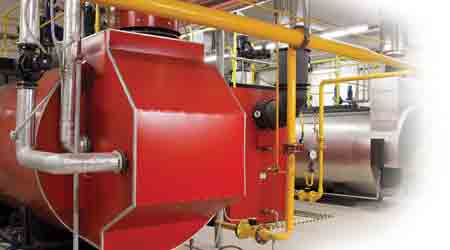Data, Cost Important Considerations for Submetering Upgrades
Part 2 of a 4-part article on the advances in submetering technology
When planning upgrades of submetering and monitoring systems or capital improvement projects involving this technology, managers need to be aware of several important factors.
The first factor is cost. Smart meters range in price from $50 to $250, depending on quantities and level of technology employed, and they can cost less than traditional time-of-use meters.
The second factor pertains to data accuracy. If technicians do not properly calibrate and tune the devices being measured, the information the submetering system gathers will be inaccurate and misleading.
The actual meter or a networked panel can store the trended information, which also can be remotely archived in a database. The location of the stored information and the way it is communicated to other integrated systems will affect technicians’ ability to monitor information in real time, as well as the information’s level of security.
Managers should select the system provider to ensure technicians can use the system efficiently and that systems can be added so technicians can scale the submetering system to meet future requirements.
More advanced energy monitoring systems can automatically predict energy use levels and compare them to actual use based on the equipment in the buildings, weather forecasts, and occupant loads. Technicians also can integrate this measured or predicted data into existing building management systems to adjust in real time when warm-up and cool-down periods begin, as well as when equipment, lighting systems, and plug loads are activated.
The industry has been slow to adapt these systems for several reasons. Different departments within an organization tend to program the energy monitoring and building management systems. The systems can be integrated using a common network protocol, such as BacNET, but the rate at which each system reads and writes to this common network can vary.
One limitation that contributes to this issue is if the local control programs can broadcast the information or send a signal to each common device simultaneously, instead of sending or receiving the same signal from each common device individually. Ultimately, trained consulting professionals can help managers properly select these systems.
Related Topics:















